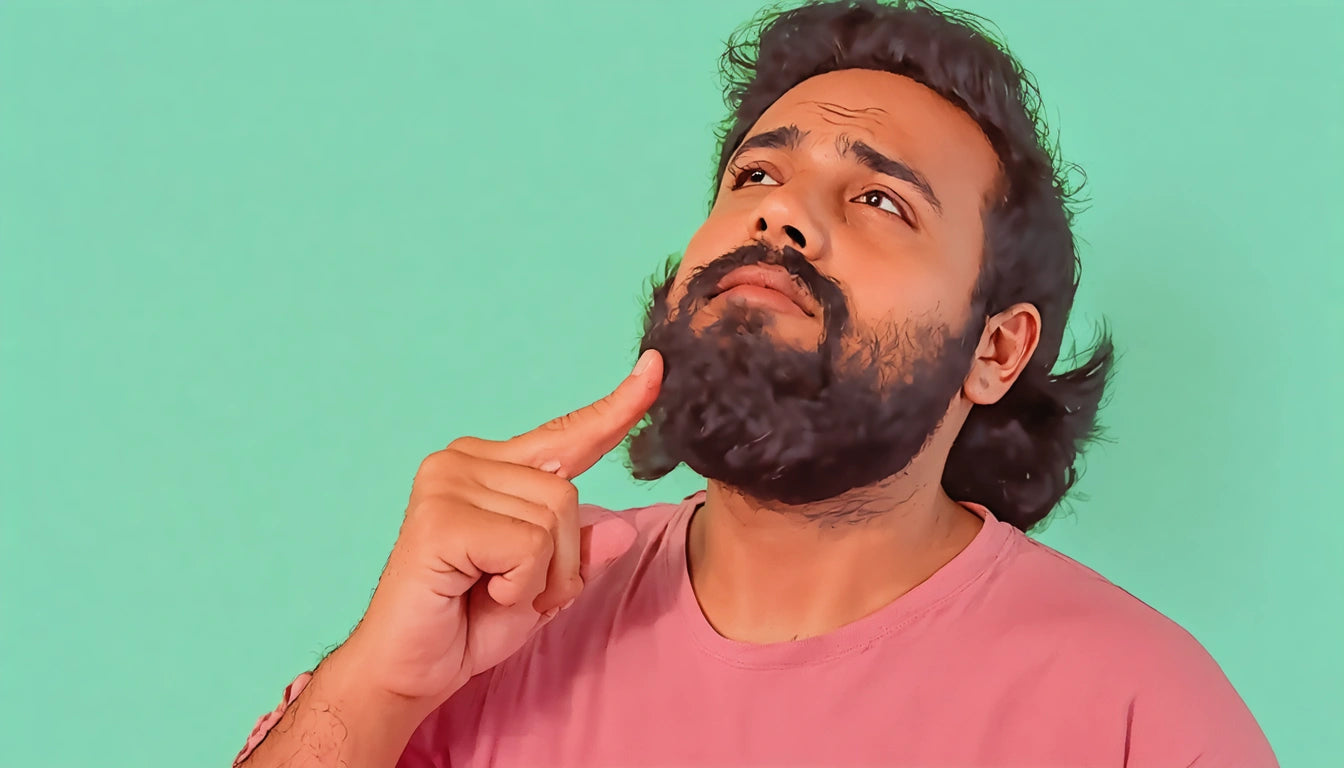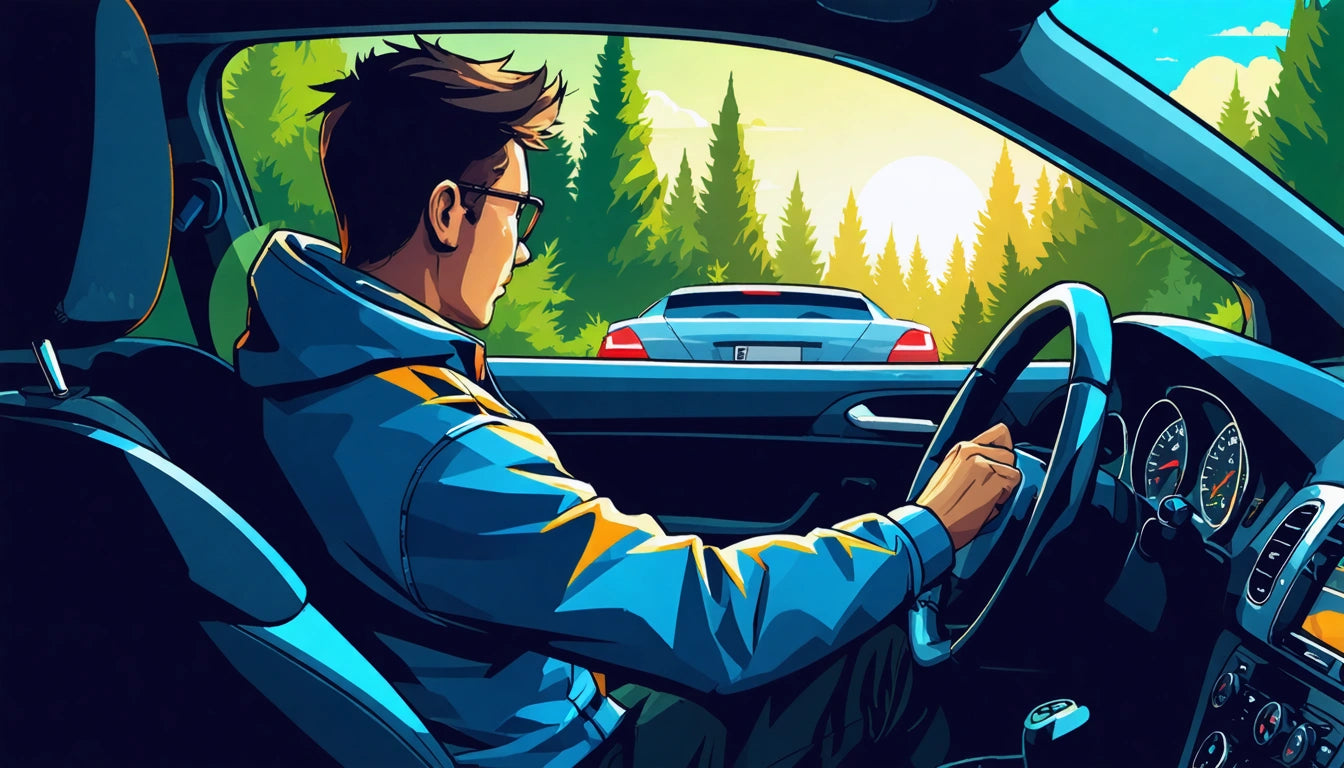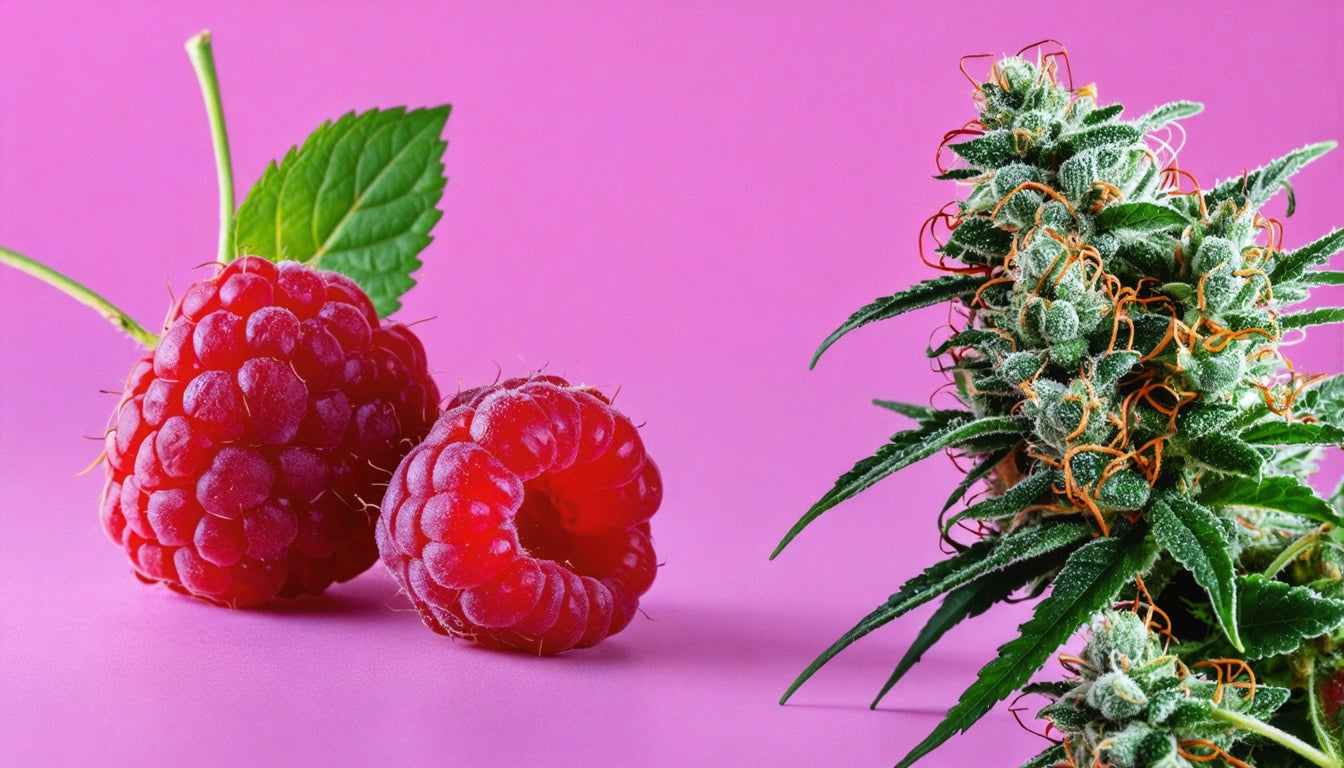Table of Contents
- What is a Secondhand High and How Does it Occur?
- Factors Affecting Secondhand Cannabis Exposure
- Can You Fail a Drug Test from Secondhand Exposure?
- Symptoms and Experiences of a Secondhand High
- Preventing Unwanted Secondhand Cannabis Exposure
- Legal Considerations and Responsibilities
- Future Research and Public Health Implications
Understanding Secondhand High: Risks and Detection
Cannabis consumption has become increasingly common as legalization spreads across states and countries. With this rise comes important questions about secondhand exposure: can you get second hand high? How much exposure is needed? And critically for many, does second hand high show up on test results? This comprehensive guide addresses these concerns with evidence-based information.
What is a Secondhand High and How Does it Occur?
A secondhand high (also called a contact high) occurs when a non-user inhales cannabis smoke or vapor exhaled by an active user. The non-user may then experience mild psychoactive effects similar to, though typically less intense than, those felt by the person directly consuming cannabis.
The primary psychoactive compound in cannabis, THC (tetrahydrocannabinol), can be present in exhaled smoke. When this smoke is inhaled by others in a confined space, small amounts of THC may enter their bloodstream through the lungs, potentially causing mild intoxication.
Factors Affecting Secondhand Cannabis Exposure
Environmental Conditions
Several key factors determine whether you can get second hand high:
- Ventilation: Poorly ventilated, enclosed spaces significantly increase the risk of secondhand exposure
- Proximity: Closer distance to active smokers increases exposure levels
- Duration: Longer exposure times allow more THC to enter the bloodstream
- Potency: Higher-THC cannabis products create more potent secondhand smoke
- Consumption method: Smoking typically creates more secondhand exposure than vaping
Containment Solutions
For those concerned about secondhand exposure, proper storage solutions like smell-proof storage bags designed for cannabis products can help contain odors and prevent passive exposure when cannabis isn't being consumed.
Can You Fail a Drug Test from Secondhand Exposure?
One of the most common concerns is whether secondhand cannabis exposure can trigger positive drug test results. According to research on contact highs and drug testing, the answer is nuanced.
Research Findings
Studies have shown that under extreme conditions (small, unventilated rooms with multiple active smokers), non-smokers may potentially test positive on highly sensitive drug tests immediately after exposure. However, these conditions rarely occur in real-world settings.
Most standard drug tests have cutoff thresholds designed specifically to prevent positive results from casual, secondhand exposure. As explained in this analysis of secondhand smoke and testing positive, brief or moderate exposure in ventilated areas is unlikely to result in a failed test.
Detection Windows
If THC does enter your system through secondhand smoke, it typically clears much faster than with direct consumption:
- Urine tests: Typically negative within 24-48 hours after exposure
- Blood tests: Usually clear within 12-24 hours
- Saliva tests: Generally clear within 12 hours
These timeframes are significantly shorter than for active cannabis users, whose detection windows can extend for days or weeks depending on usage patterns.
Symptoms and Experiences of a Secondhand High
Can u get second hand high enough to feel effects? Yes, though the experience differs from direct consumption. Understanding cannabis effects helps contextualize the secondhand experience.
Common symptoms of a secondhand high may include:
- Mild euphoria or mood changes
- Slight cognitive impairment
- Minor coordination changes
- Increased appetite
- Dry mouth
- Red eyes
These effects are typically subtle and short-lived compared to direct consumption. Many people in moderate exposure situations may not notice any effects at all.
Preventing Unwanted Secondhand Cannabis Exposure
For those concerned about unwanted exposure, several strategies can help minimize risk:
For Non-Consumers
- Avoid enclosed spaces where cannabis is being consumed
- Request outdoor consumption when possible
- Maintain distance from active smokers
- Ensure good ventilation in shared spaces
- Limit time spent in environments with active consumption
For Consumers
- Use outdoor spaces when consuming with non-users present
- Utilize proper ventilation systems
- Consider smokeless consumption methods like edibles
- Use air purifiers in shared spaces
- Store products properly in odor-containing packaging solutions when not in use
These practices help minimize unwanted exposure while respecting both consumers and non-consumers.
Legal Considerations and Responsibilities
Even in states with legal cannabis, consumers should be aware of laws regarding public consumption. Understanding public intoxication laws is important for both direct and secondhand exposure situations.
Legal considerations include:
- Public consumption remains illegal in most jurisdictions, even where cannabis is legal
- Exposing minors to secondhand cannabis smoke may have legal consequences
- Driving while impaired, even from secondhand exposure, can result in DUI charges
- Workplace policies may not distinguish between direct use and secondhand exposure
Future Research and Public Health Implications
As cannabis legalization expands, more research is needed on secondhand exposure effects. Current studies suggest minimal risk from casual exposure, but gaps remain in understanding long-term or repeated exposure impacts.
Public health messaging should balance acknowledging the limited risks of brief secondhand exposure while promoting responsible consumption practices that respect non-users' preferences and concerns.
With proper awareness and considerate consumption habits, cannabis users and non-users can coexist with minimal unwanted secondhand effects, ensuring both personal freedom and public health are respected.











Leave a comment
All comments are moderated before being published.
This site is protected by hCaptcha and the hCaptcha Privacy Policy and Terms of Service apply.